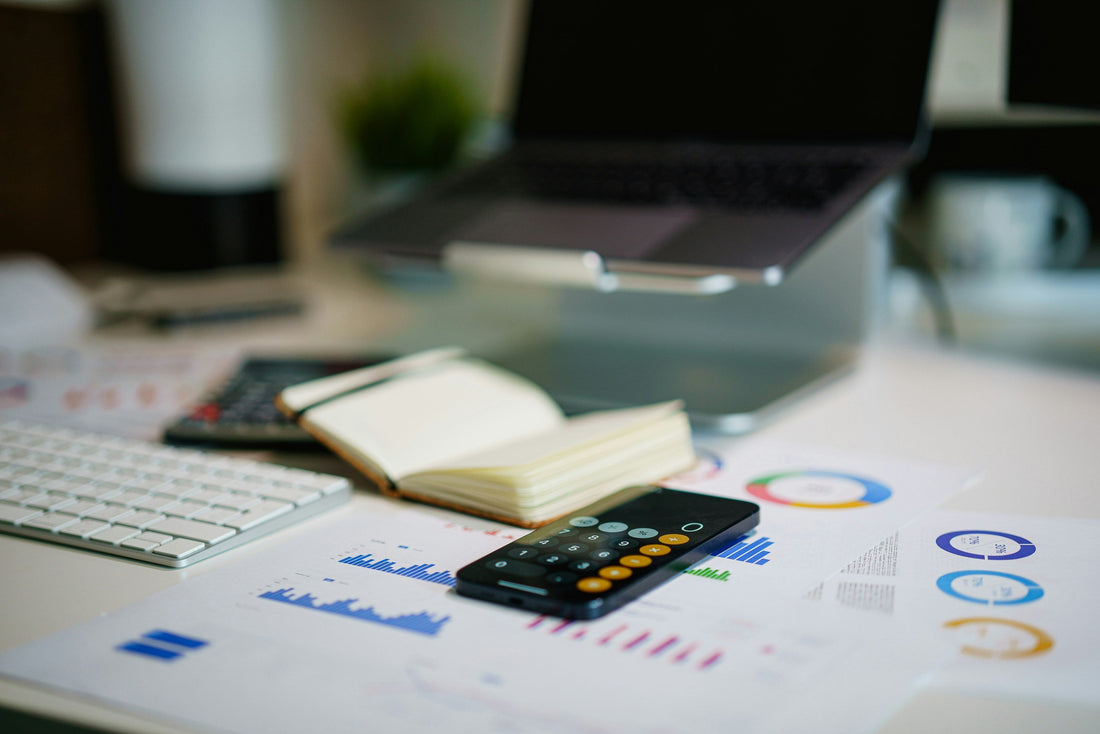
How to Calculate the True Cost of Manufacturing Apparel
Share
(FOB, EXW, shipping, duties, packaging, etc.)
Pricing your product right starts with knowing what it actually costs to make—and we’re not just talking about fabric and labor. The true cost of manufacturing apparel includes a mix of visible and hidden expenses that can seriously affect your margins if you don’t plan ahead.
Here’s a breakdown of what goes into the full cost of getting your product made, packed, and delivered to your warehouse or customer.
1. Start with the Base Production Cost
This is what your factory charges to physically make the product—often referred to as the unit cost.
It usually includes:
Labor
Raw materials (fabrics, trims, threads)
Cutting, sewing, finishing
Basic quality control
Make sure you confirm what is and isn’t included in the quote. For example, custom packaging or labeling may cost extra.
2. Understand FOB vs. EXW Pricing
Your manufacturer will usually quote based on either FOB or EXW terms. These determine who is responsible for transporting the goods and where the costs start.
FOB (Free on Board):
Price includes transport to the port and loading onto the ship. You handle freight, customs, and delivery from that point forward.
FOB is the most common for overseas production.
EXW (Ex Works):
Price only covers production. You’re responsible for everything after the goods leave the factory—local pickup, customs, and international freight.
EXW usually has a lower quote, but more backend costs.
3. Factor in Shipping and Freight
Once production is complete, you’ll need to get the goods from the factory to your destination.
Costs vary based on:
Air freight vs. sea freight (air = faster, sea = cheaper)
Volume and weight
Origin and destination country
Fuel surcharges and seasonal rates
Example: Shipping 500kg of socks from China to the U.S. by sea might cost $600–$900, while air freight could be $2,000+.
4. Add Duties and Import Taxes
Customs duties are charged based on:
The HTS (Harmonized Tariff Schedule) code of your product
The declared value of the shipment
The country of origin
Any applicable trade agreements or tariffs
You can calculate expected duties using tools like the U.S. Harmonized Tariff Schedule or services like SimplyDuty.
Pro tip: Some products have zero or reduced duties when manufactured in countries with trade agreements.
5. Include Packaging Costs
Packaging can be a big variable—especially for DTC brands focused on customer unboxing.
Costs may include:
Hang tags, woven labels, stickers
Polybags or recyclable sleeves
Custom printed boxes
Inserts, tissue paper, barcode stickers
Always clarify with your supplier if packaging is included in the quote or charged separately.
6. Inspection and Quality Control
In some cases, you’ll want to hire a third-party inspection service to check your goods before they ship, especially for large orders or new suppliers.
Inspection costs range from $150–$300 per day, depending on location and scope.
7. Warehouse and Final Delivery
Once your goods arrive, you’ll need to:
-
Pay customs clearance fees (usually handled by your freight forwarder)
-
Transport to your warehouse or 3PL
-
Possibly repack, relabel, or prep for final fulfillment
If you use a fulfillment partner, factor in storage and pick/pack fees too.
Example Breakdown (Per Unit)
| Cost Component | Estimate (per unit) |
|---|---|
| Production cost (FOB) | $4.00 |
| Sea freight & landing | $0.80 |
| Duties/tariffs | $0.30 |
| Packaging materials | $0.50 |
| Inspection + handling | $0.20 |
| Final warehouse fees | $0.40 |
| Total Unit Cost | $6.20 |
At [smpl], we break down the full cost. upfront.
We help brands account for every detail in the production process: from unit cost and shipping to duties and fulfillment. No surprises, just clarity.
Whether you're manufacturing socks, underwear, or full apparel lines, we’ll help you calculate and control your true costs.
Understanding your true cost isn’t just about budgeting—it’s how you protect your margins, set realistic pricing, and scale confidently.
The factory price is just the start. Make sure you're looking at the whole picture.
![[smpl]](http://socflowsimplified.com/cdn/shop/files/smpl_logo_transparent_139f0899-ba33-4a18-9454-24ccdccb6b79.png?v=1750478394&width=600)